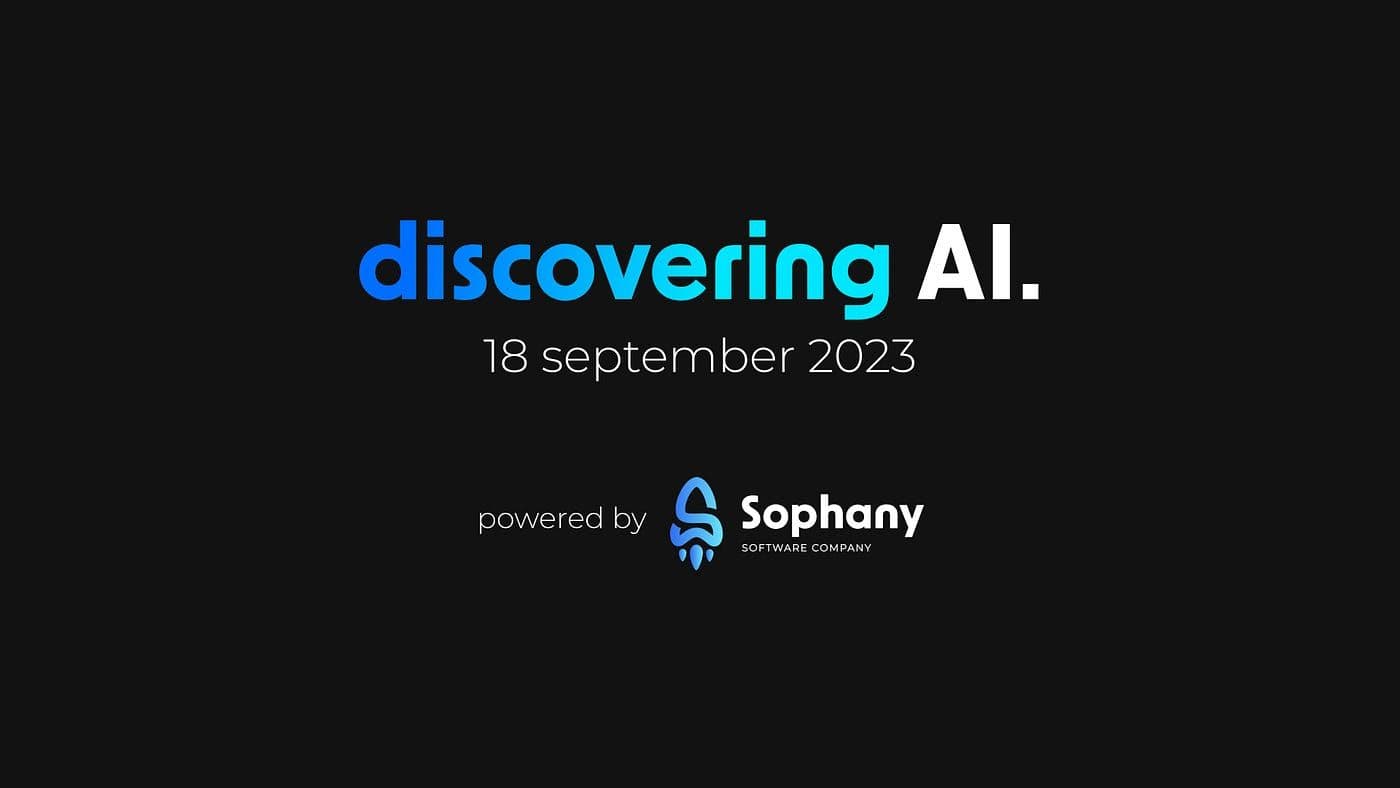🌟 Introduction
In today’s rapidly evolving world, Artificial Intelligence (AI) is at the forefront, offering innovative solutions across a multitude of industries. Yet, for the average person, navigating the AI landscape can often feel like uncharted territory, rife with technical terms like “models,” “tokens,” and “parameters.” In this article, we’ll break down these complex concepts into relatable analogies.
🧠 Drawing Parallels
Think back to your school days when you diligently attended classes and reviewed your notes before important exams. Or consider your professional career, where acquiring expertise involves closely observing experienced colleagues. Even a baby’s first steps involve a learning process rooted in observation.
What’s common among these scenarios? They all involve the acquisition of knowledge, later applied to diverse tasks, whether it’s acing an exam, diagnosing a patient, or mastering the art of walking.
🤖 AI: Bridging the Gap
Artificial Intelligence is not so different from our everyday experiences. You may have heard of AI tools like ChatGPT, which can assist with math problems or craft compelling CVs. Other AI marvels, such as Llama and Falcon 180B, are designed to harness the power of AI for various tasks.
🏗️ Introducing AI Models
In our analogy, let’s think of AI models as akin to human beings. Humans possess emotions — they can be happy, angry, sensitive, or emotional. In the world of AI, we use the term “models” to describe these characteristics.
Each model excels in different areas, much like individuals have their own unique strengths. However, what sets AI models apart is the structured training they require to reach their potential.
🎓 Training AI Models
While human beings naturally accumulate knowledge over time, AI models necessitate structured training.
- Just as humans enhance their abilities through education and life experiences, AI models refine their skills by processing vast volumes of data.
- This data can be tailored to suit a specific field, enabling the model to excel in that domain.
Just as human passions drive us to seek more knowledge, AI models thrive on data relevant to their specific fields, allowing them to become experts in those domains.
⚡ Tokens: The Fuel for AI
Just as humans need energy to perform tasks, AI relies on “tokens.” Tokens are units of text that AI uses to generate and process language.
🚀 The Marvel of Falcon 180B
Let’s focus on Falcon 180B, an AI model similar to ChatGPT. Falcon 180B underwent extensive training, ingesting a staggering 3.5 trillion tokens!
📊 Crunching the Numbers
Here’s how we can comprehend the scale of its training:
- An average adult fiction book contains 70,000 to 120,000 words.
- On average, 100 tokens correspond to 75 words.
- We’ll assume an average book comprises 100,000 words.
🧮 Calculating the Word Count
- 1 token is equivalent to
(75/100)words. - 3.5 trillion tokens translate to
(75/100) x 3.5 trillion words.
📖 The Result
A staggering 2,625,000,000,000 words were used to train Falcon 180B!
To put this into perspective:
- If we convert these words into books, each containing 100,000 words, we arrive at 26,250,000 books!
📚 Closing Thoughts
How many books have you read in your lifetime? On a scale we can comprehend, it took 26,250,000 books to train the Falcon 180B AI model.
This incredible achievement demonstrates how AI models can acquire expertise in virtually any field, thanks to the power of AI and its insatiable appetite for data. 🚀

